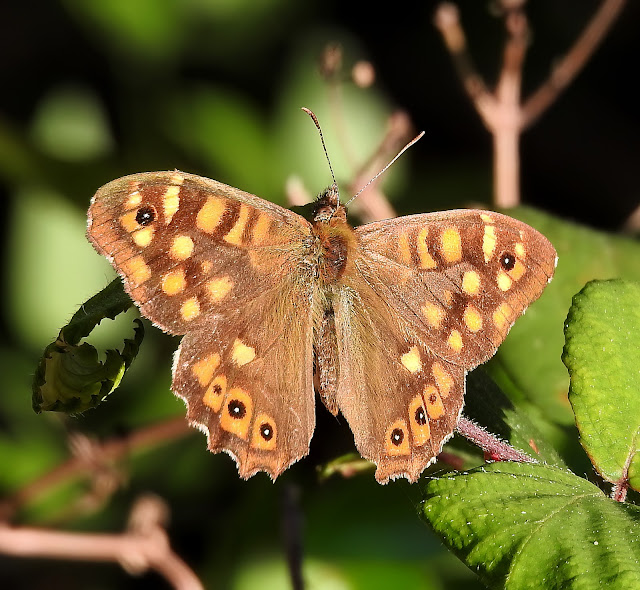Vanessa cardui is the most widespread of all butterfly species. It is commonly called the painted lady.
V. cardui displays a unique system of continuous mating, throughout all seasons, including the winter. This may be attributed to its migratory patterns, thus significantly affecting its mating behaviour. During European migrations, the butterflies immediately begin to mate and lay eggs upon arrival in the Mediterranean in the spring, starting in late May.
During its migratory process, these painted lady butterflies start breeding, and reproduce entirely throughout their migration. Scientists have not been able to find evidence of their overwintering; this may be because they migrate to warmer locations to survive and reproduce. Female painted lady butterflies may suspend their flight temporarily when they are "ready to oviposit"; this allows them the opportunity to continually reproduce throughout their migrations. Because these butterflies are constantly migrating, male butterflies are thought to lack consistent territory. Instead of requiring territory to mate with females and developing evolutionary behaviour to defend this territory, the mating butterflies appear to establish a particular "time and place" in certain locations that they find to be suitable for reproduction. More specifically, they locate certain perches, hilltops, forest-meadow edges, or other landmarks where they will stay until, presumably, a female arrives to mate.

%201.jpg)
%202.jpg)


%201.jpg)
%202.jpg)
%206.jpg)

%201.jpg)
%202.jpg)





%201.jpg)
%201.jpg)












%201.jpg)
%202.jpg)








%201.jpg)
%202.jpg)
%201.jpg)
%201.jpg)
%201.jpg)
%202.jpg)


%201.jpg)
%202.jpg)